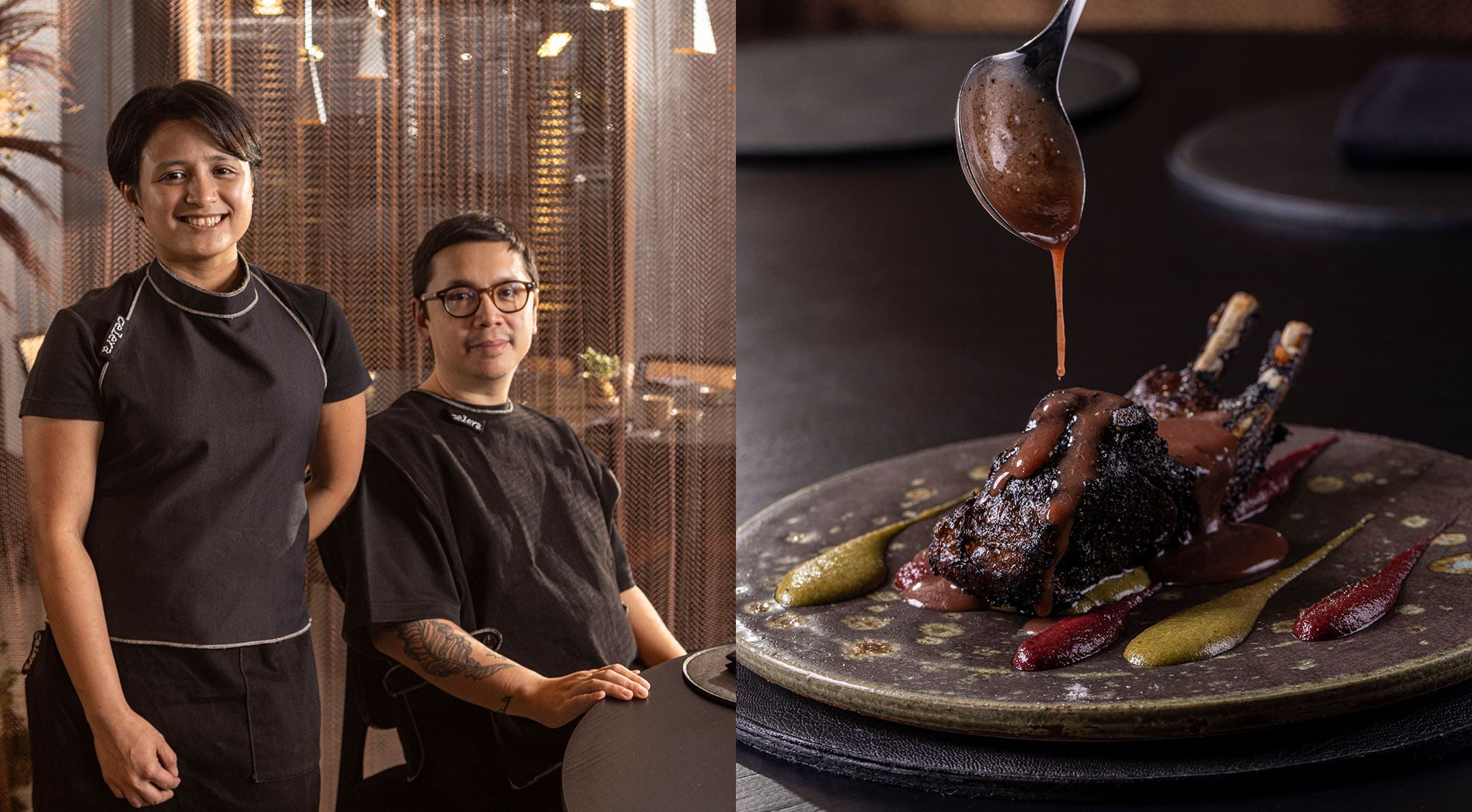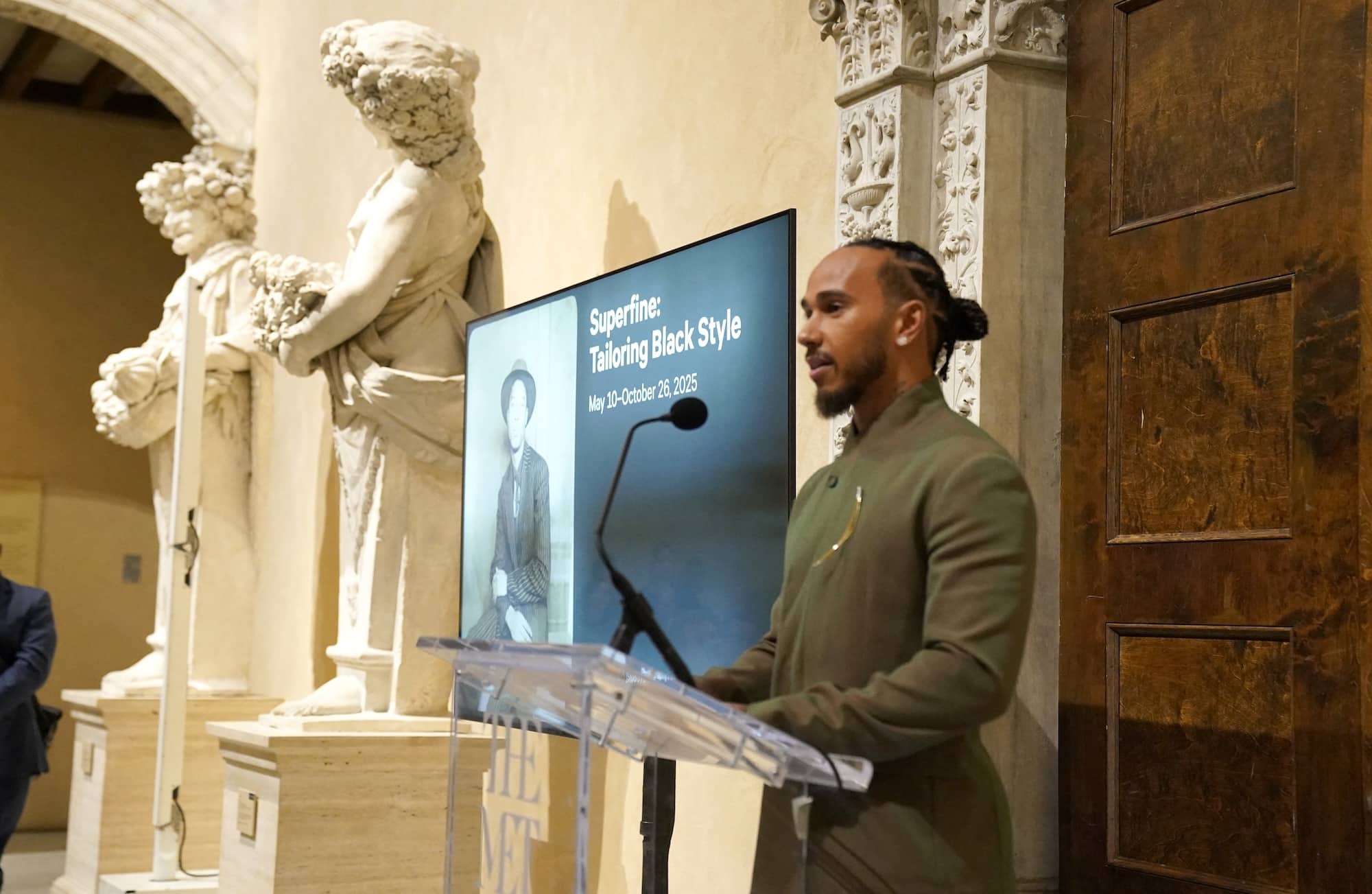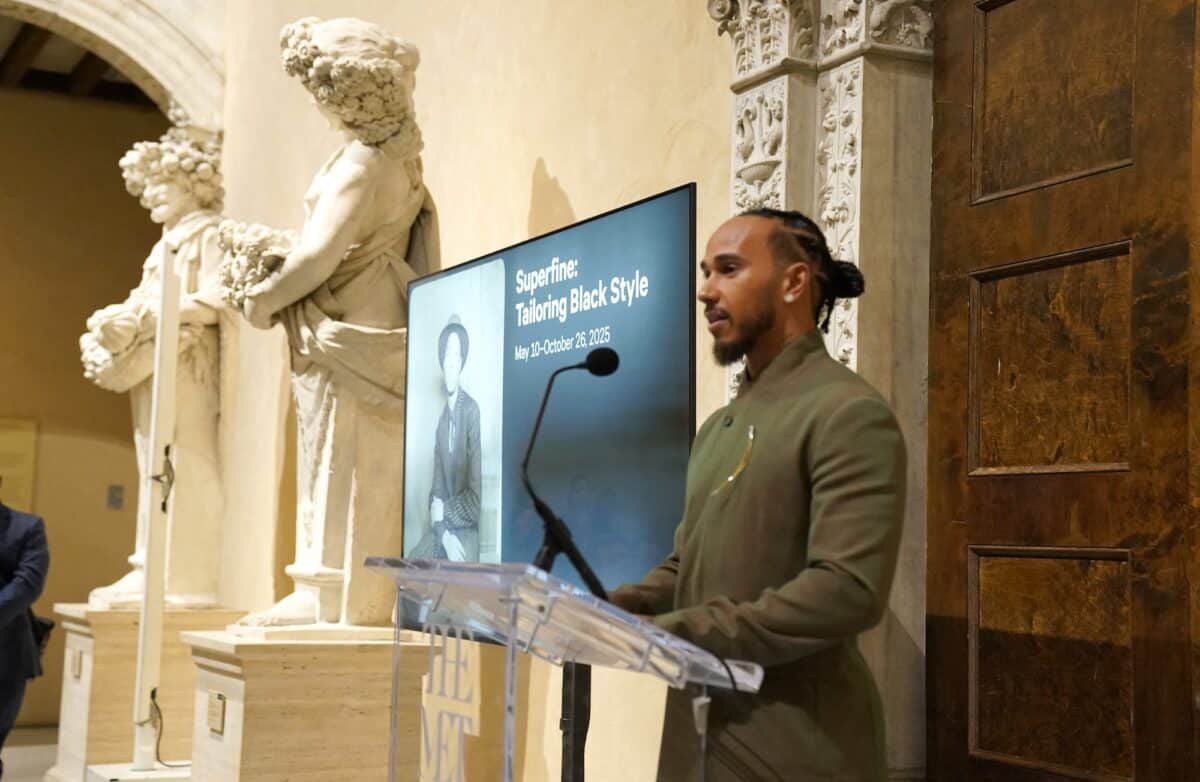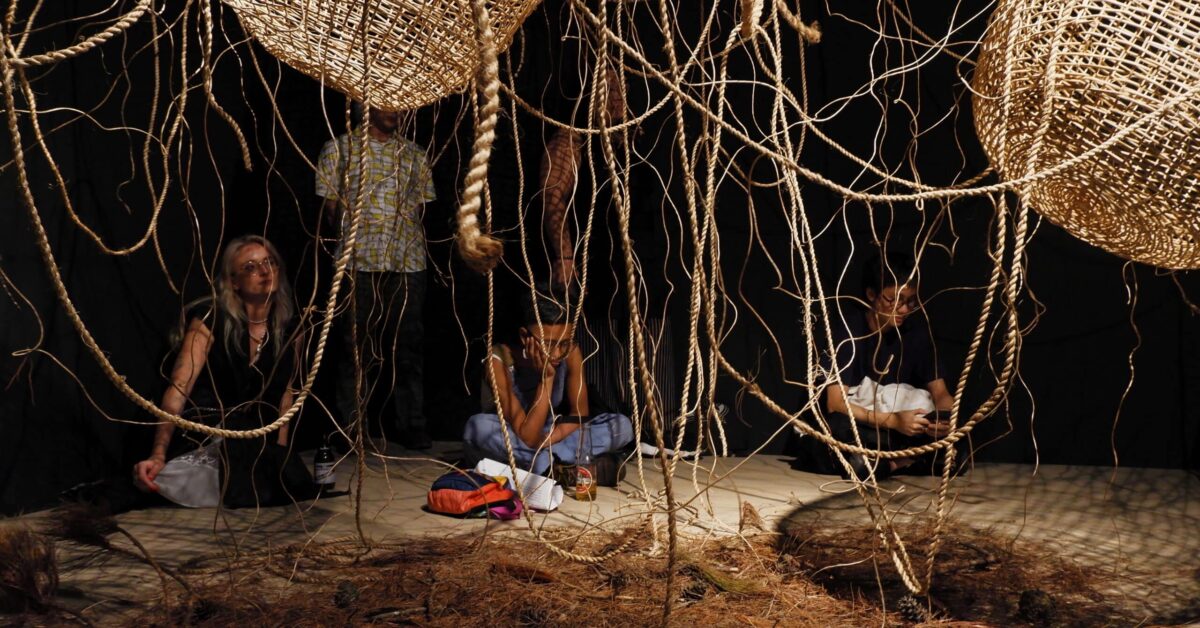Out of some 300 COVID-19 vaccine candidates around the world, the race for an effective vaccine seems to have narrowed down to a few front-runners.
Three major Western pharmaceutical companies—Pfizer, Moderna and AstraZeneca—have announced much better than expected efficacy rates and no serious side effects in the initial results of their large-scale phase 3 human trials. The results have encouraged these companies to seek US Food and Drug Administration authorization to use these vaccines for emergency use, paving the way for eventual approval for large-scale production and the start of the vaccines’ use on the general population.
China and Russia have already been giving the vaccines they have developed to specific segments of their local populations, having taken shorter testing routes. China alone is reported to have four vaccines in advanced stages of trials, and will give priority access to its partner countries, at least 16 of them. (merics.org)
Russia made waves a few months ago with its Sputnik V vaccine, touted as the first officially registered COVID-19 vaccine. Russia has an agreement with a leading Indian pharmaceutical company to produce 100 million doses of its vaccine, while its third phase trials are underway in Belarus, the United Arab Emirates and Venezuela, among other countries. (google.com)
So where do we, a third-world nation without the resources and know-how to develop our own vaccine, stand? Obviously, we have to scramble like other developing countries to make sure our people get their share of the vaccines.
Good news
The good news is that the Philippine government, together with the private sector, recently signed a tripartite deal with UK-based British-Swedish pharmaceutical company AstraZeneza for the initial supply of 2.6 million doses of the company’s COVID-19 vaccine next year, to be paid for by a consortium of private business firms. At the same time, CNN Philippines reports that AstraZeneca has applied for a clinical trial of its experimental vaccine in our country.
Although we have initially cast our lot with the Europe-based firm, the government is reported to be negotiating with other vaccine producers for its strategy to immunize between 25 to 30 million Filipinos per year in the next three to five years.
What is really at stake here is the long-term health of our countrymen, and ultimately, the rebuilding of our country’s devastated economy. So let’s go back to the basics of vaccines. An article in BBC news online (by its health editor Michelle Roberts) puts it in layman’s terms (with some comments from me in parentheses):
“There are lots of different COVID vaccines in development.”
“Some contain the pandemic virus itself in weakened form (e.g., the flu shot, which uses dead or inactivated viruses to stimulate an immune response).
“The Pfizer/BioNTech and Moderna vaccines use bits of genetic code to cause an immune response, and are called mRNA (messenger RNA) vaccines. These do not alter human cells. They only present the body with instructions to build immunity to COVID.” (The mRNA vaccines are the promising front-runner candidates from the United States currently in phase 3 trials.)
Pros and cons
What are the pros and cons of the different types of vaccines?
In a Nov. 17 article in The Jerusalem Post titled “Could mRNA COVID-19 vaccines be dangerous in the long term?,” Tal Brosh, an Israeli infectious disease expert, said that while an mRNA vaccine does not change people’s genetic code, there are unknown risks to mRNA vaccines, including local and systemic inflammatory responses that could lead to autoimmune conditions.
Brosh further said, “We will have a safety profile for only a certain number of months, so if there is a long-term effect after two years, we cannot know, but then the world would have the coronavirus for two more years.” The article also mentioned that the AstraZeneca and Russian vaccines were based on more traditional technologies. (I surmise from this that problematic long-term side effects would be less likely.)
But Michal Linial, a biological chemistry professor at Hebrew University of Jerusalem, said there was no cause for alarm on the RNA’s harmful effect, because it was a fragile molecule which could be destroyed easily in the body. Rather, she was more concerned with the vaccine’s long-term efficacy. But when asked if she would be taking the vaccine right away, she replied, “I won’t be taking it immediately—probably not for at least the coming year. We have to wait and see if it really works.”
So, which of the vaccine candidates should the government seriously consider, besides the one of AstraZeneca? The jury is still out, because of the still missing pieces—the long-term unknowns which only time will reveal.
But then, we will probably be waiting in line for vaccine supplies way into the second half of next year. By that time, we should already have a good idea of the continuing efficacy (i.e., how long specific vaccines confer immunity) and some late-manifesting negative side effects, if any, of the vaccines which have been tried on people a year earlier.
The bottom line: For now, it is a risk-reward choice on individual, national and global levels. The findings of a recent survey by Social Weather Stations showed that two-thirds (66 percent) of adult Filipinos were willing to get a COVID-19 vaccine if it was available today. —CONTRIBUTED INQ












































